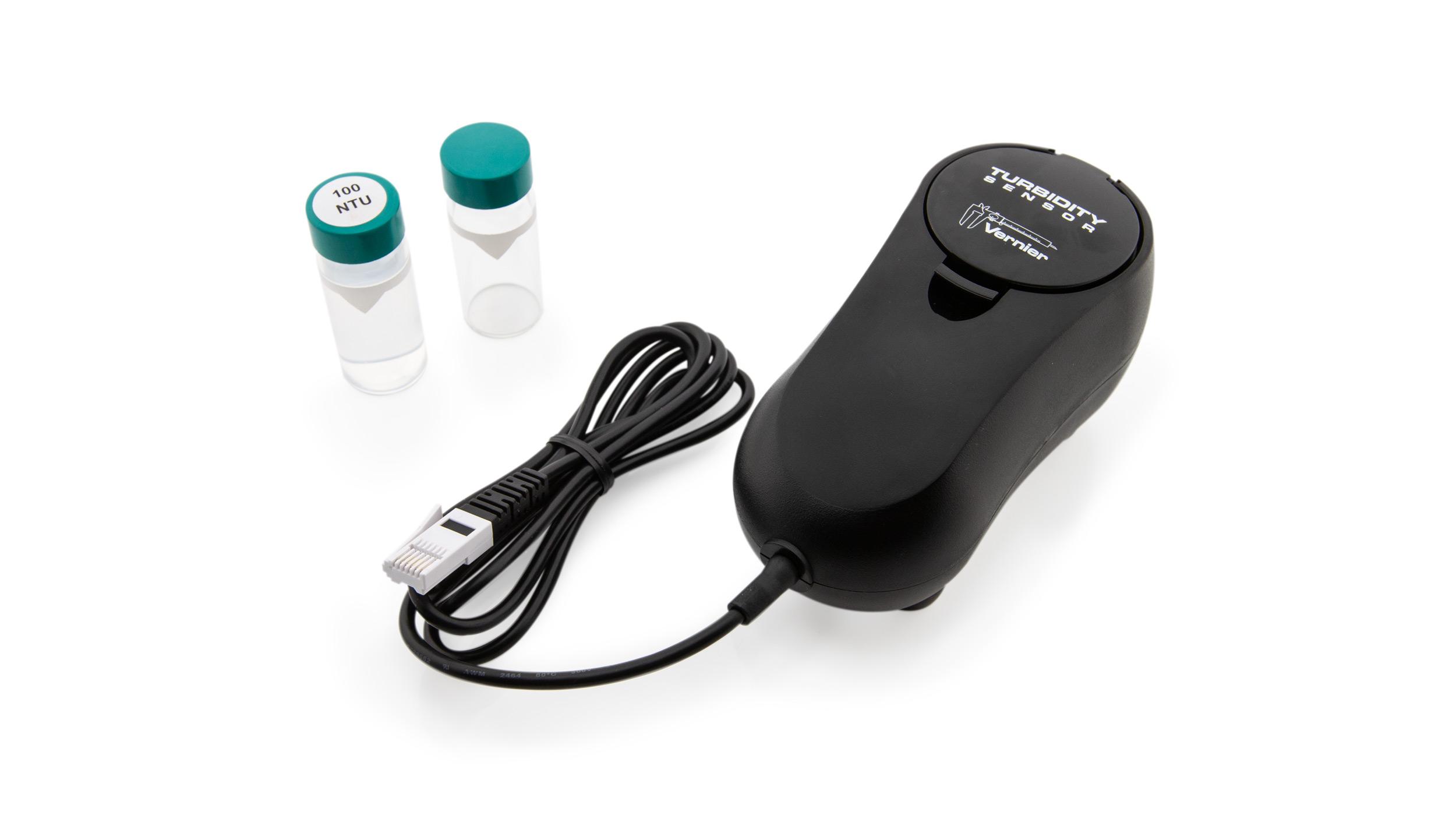Introduction
Turbidity is a measure of water’s lack of clarity. Water with high turbidity is cloudy, while water with low turbidity is clear. The cloudiness is produced by light reflecting off of particles in the water; therefore, the more particles in the water, the higher the turbidity.
Many factors can contribute to the turbidity of water. An increase in stream flow due to heavy rains or a decrease in stream-bank vegetation can speed up the process of soil erosion. This will add suspended particles, such as clay and silt, to the water.
Runoff of various types contains suspended solids that may add to the turbidity of a stream. Agricultural runoff often contains suspended soil particles. Other types of runoff include industrial waste, water treatment plant effluent, and urban runoff from parking lots, roads, and rooftops.
Bottom-dwelling aquatic organisms, such as catfish, can contribute to the turbidity of the water by stirring up the sediment that has built up on the bottom of the stream. Organic matter such as plankton or decaying plant and animal matter that is suspended in the water can also increase the turbidity in a stream.
High turbidity will decrease the amount of sunlight able to penetrate the water, thereby decreasing the photosynthetic rate. Reduced clarity also makes the water less aesthetically pleasing. While this may not be harmful directly, it is certainly undesirable for many water uses.
When the water is cloudy, sunlight will warm it more efficiently. This occurs because the suspended particles in the water absorb the sunlight, warming the surrounding water. This can lead to other problems associated with increased temperature levels.
While highly turbid water can be detrimental to an aquatic ecosystem, it is not correct to assume that clear water is always healthy. Slightly turbid water can be perfectly healthy, while clear water could contain unseen toxins or unhealthy levels of nutrients.
Objectives
- Measure the turbidity of a stream or lake using a Vernier Turbidity Sensor.
Sensors and Equipment
This experiment features the following sensors and equipment. Additional equipment may be required.
Ready to Experiment?
Ask an Expert
Get answers to your questions about how to teach this experiment with our support team.
- Call toll-free: 888-837-6437
- Chat with Us
- Email support@vernier.com
Purchase the Lab Book
This experiment is #3 of Water Quality with Vernier. The experiment in the book includes student instructions as well as instructor information for set up, helpful hints, and sample graphs and data.


